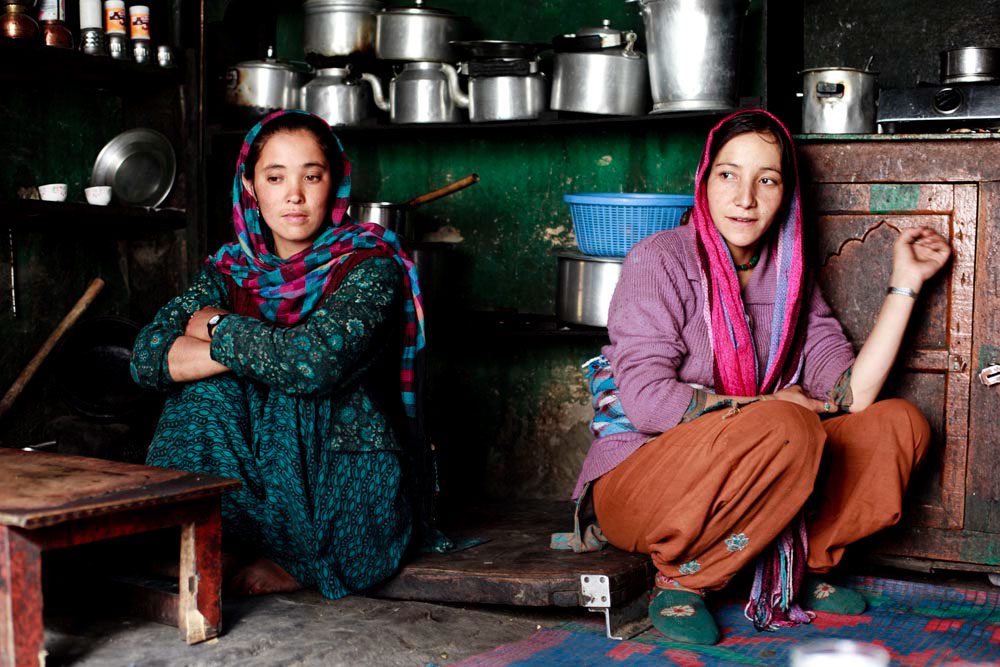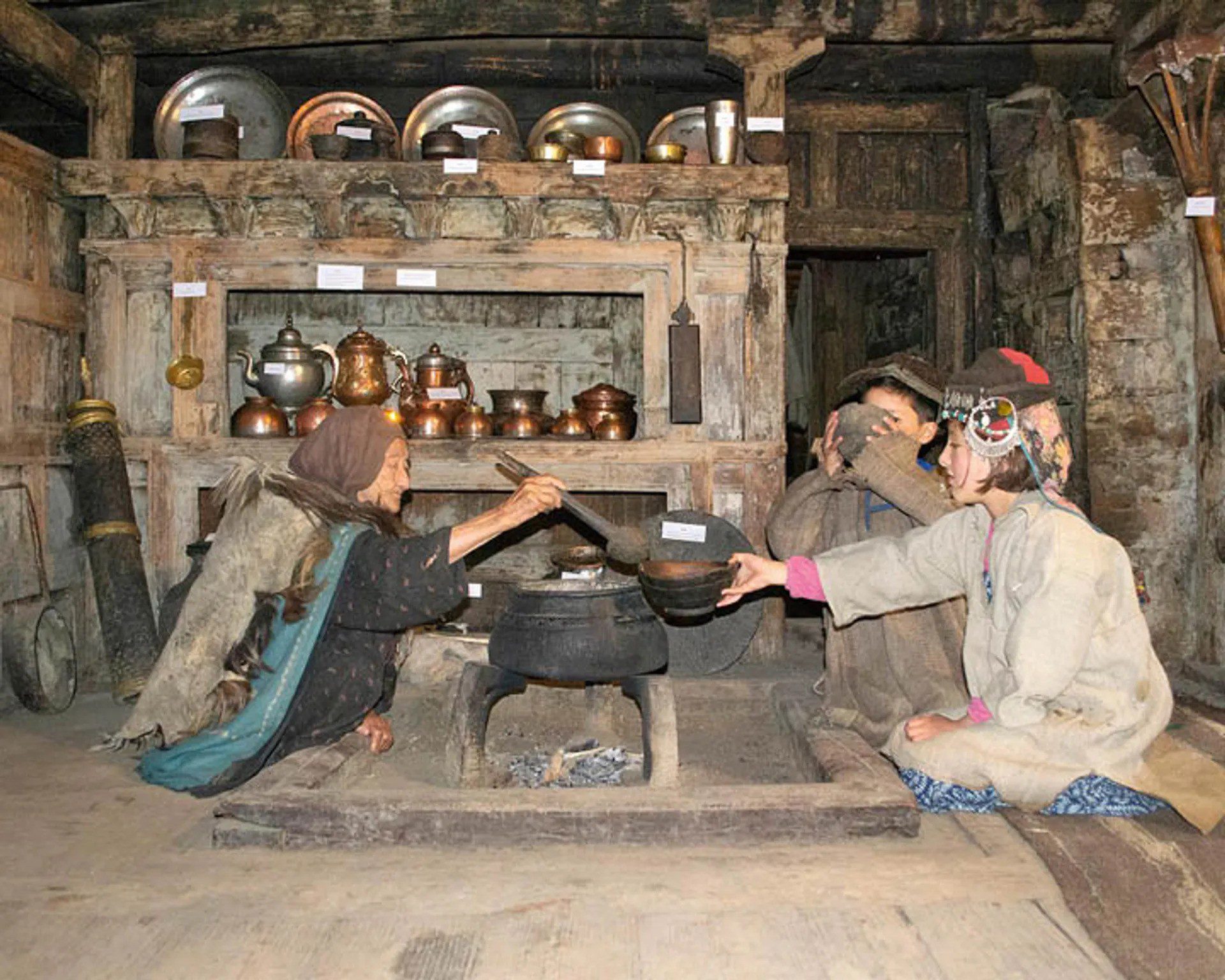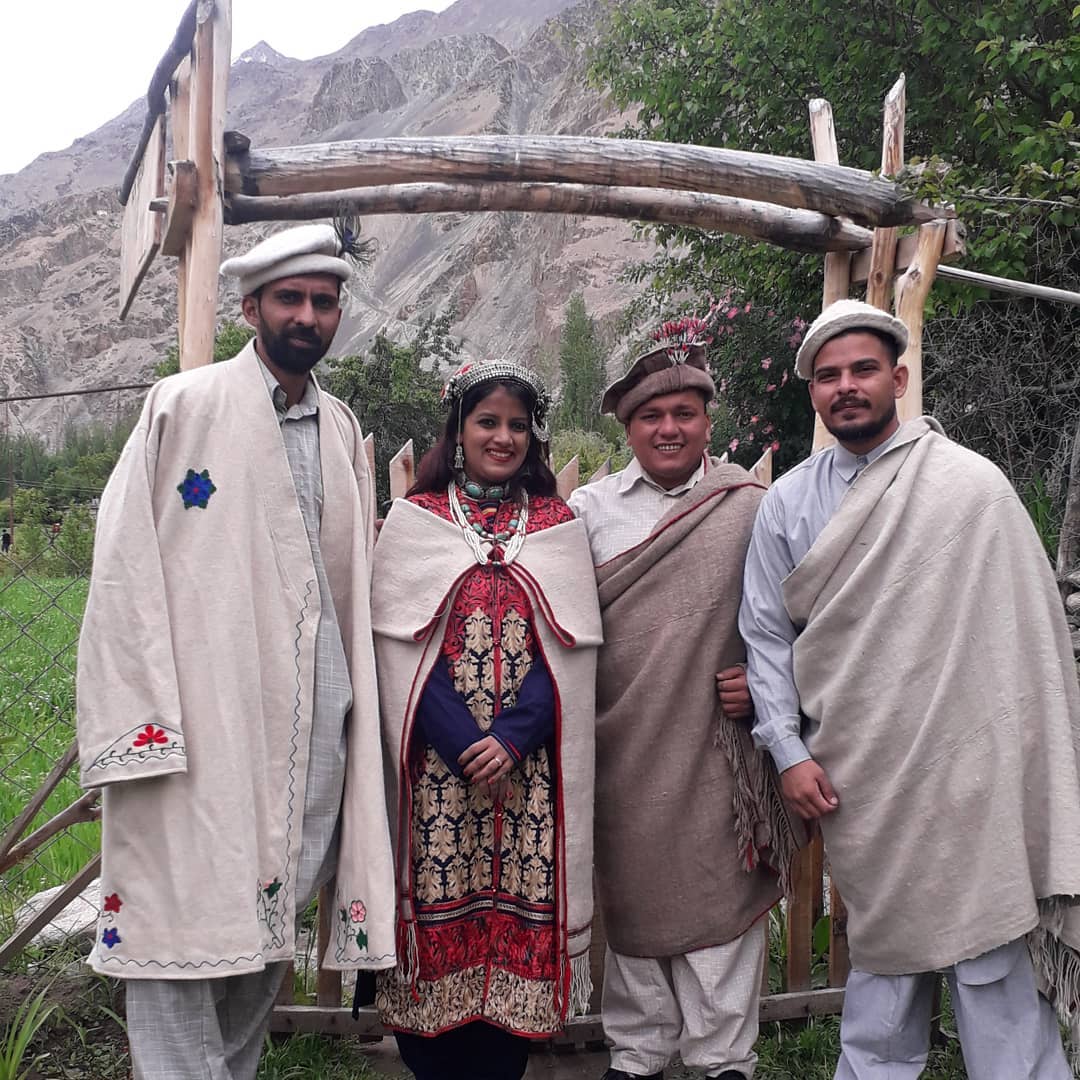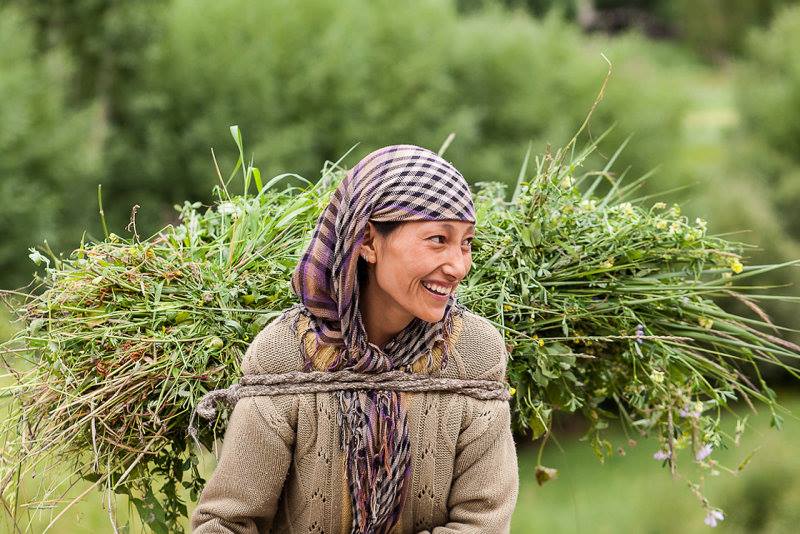Nestled in the remote, scenic landscapes of Ladakh, Suru Valley offers an unparalleled cultural trekking experience, taking travelers off the beaten path to discover the Balti villages. Known for its untouched beauty and cultural richness, trekking through Suru Valley not only offers stunning views of the Himalayas but also provides an opportunity to engage with the Balti people, who have maintained their ancient traditions for centuries. This blog post will guide you through everything you need to know about cultural trekking in Suru Valley, from the best routes to follow to the unique cultural experiences that await in the Balti villages.
Introduction to Cultural Trekking in Suru Valley
Overview of Suru Valley
Suru Valley is one of Ladakh’s hidden gems, located in the Kargil district. While much of Ladakh is known for high-altitude deserts and cold landscapes, Suru Valley offers a striking contrast with its lush green fields, apple orchards, and picturesque villages. This region is home to the Balti people, an ethnic group whose culture is a blend of Tibetan and Islamic influences. Unlike more popular trekking destinations, Suru Valley allows trekkers to explore the rich cultural heritage of remote Balti villages while enjoying breathtaking mountain views, including the towering peaks of Nun-Kun.

Importance of Cultural Trekking in Ladakh
Trekking in Suru Valley is more than just an adventure in the Himalayan wilderness; it’s an immersive journey into the Balti culture. The Balti people are known for their hospitality, and visiting their traditional homes offers an authentic experience of Ladakh’s rural life. Trekking through the valley gives you a chance to interact with the locals, learn about their way of life, and witness their age-old customs, making it an ideal destination for those looking for cultural immersion along with adventure.
Trekking Through Suru Valley: Routes and Experiences
Best Trekking Routes in Suru Valley
Suru Valley offers a variety of trekking routes suitable for all levels of trekkers, each passing through Balti villages and showcasing the region’s natural beauty. Some of the most popular trekking routes include:
- Panikhar to Parakchik: This moderate trek passes through traditional villages and offers incredible views of the Nun-Kun peaks. It’s a great way to combine cultural exploration with scenic trekking.
- Rangdum to Tongul: A longer trek that delves deeper into the heart of Suru Valley, passing through several remote villages where trekkers can experience the Balti way of life first-hand.
- Zongkhul Monastery Trek: Although this trek focuses on visiting a remote monastery, the route takes you through Balti settlements, allowing for a mix of spiritual and cultural exploration.
Each of these routes offers trekkers the opportunity to stay in village homestays, where they can engage with the local Balti communities and gain insights into their daily lives.
Cultural Immersion While Trekking
One of the highlights of trekking in Suru Valley is the opportunity for cultural immersion. As you traverse the valley, you’ll visit historic Balti villages such as Panikhar, Thangbu, and Tongul, where the traditional way of life has remained largely unchanged. Visitors are often invited into local homes to share meals, experience the Balti cuisine, and participate in everyday activities like farming or weaving. The Balti people are known for their warmth and hospitality, making this cultural experience as enriching as it is eye-opening.

Discovering the Balti Villages: History and Culture
The Rich Heritage of the Balti People
The Balti people have a fascinating history that stretches back over a thousand years. Their culture is a unique blend of Tibetan Buddhism and Islam, which can be seen in their language, architecture, and religious practices. Although most Balti people are now Muslims, their Tibetan heritage remains strong, particularly in their architecture and customs. While trekking through the villages, you’ll come across ancient mosques, Tibetan-style homes, and possibly even remnants of Tibetan Buddhist shrines.
Traditional Balti Homes and Architecture
In each village, you’ll find traditional Balti homes, built using stone and mud to withstand the harsh climate of the Himalayas. The houses are typically two stories, with the lower floor used for storage and the upper floor serving as living quarters. These homes are a reflection of the Balti people’s sustainable lifestyle, as they use locally sourced materials and are built to endure Ladakh’s harsh winters. Visitors are often amazed by the ingenuity of these structures, which provide warmth in winter and coolness in summer, all without modern technology.
Testimonial:
“During our trek, we stayed with a local family in Tongul, and it was an unforgettable experience. The hospitality of the Balti people is something I’ll never forget. We were treated like family and got to see their day-to-day life up close.”
— Julia Meyer, Germany, Travel Blogger
Experiencing Balti Festivals and Local Traditions
Local Festivals in Balti Villages
The Balti people celebrate various festivals throughout the year, many of which are tied to the agricultural cycle or religious events. If you plan your trek during the summer months, you may have the chance to witness festivals like Losar, the Tibetan New Year, or Harvest Festivals that mark the end of the farming season. During these festivals, you’ll be treated to traditional Balti music, dance performances, and colorful costumes, offering a deeper insight into their cultural practices.

Daily Life and Traditional Customs of the Balti People
A trek through Suru Valley allows you to witness the everyday life of the Balti people. Many of the villagers are subsistence farmers, growing crops such as barley and wheat, and tending to their yak herds. While trekking, you’ll often see villagers working in the fields, children playing by the river, and elders sitting together, sharing stories. The simplicity and tranquility of life in these Balti villages provide a stark contrast to the fast-paced life in urban areas.
Testimonial:
“Our guide took us to a family’s home in Panikhar where we were able to help with the harvest. It was incredible to learn about their farming techniques and join in their celebrations after a long day in the fields.”
— Michael Wong, USA, Teacher
Planning Your Trek to Suru Valley
Best Time to Visit Suru Valley
The best time for trekking in Suru Valley is between June and September, when the weather is favorable and the trekking routes are free of snow. During this period, you’ll also experience the valley in full bloom, with wildflowers and green fields making the already picturesque villages even more beautiful. The warmer months also coincide with many of the local festivals, making it an ideal time for cultural trekking.
| Month | Temperature Range | Activities & Festivals |
|---|---|---|
| June | 10°C – 20°C | Start of trekking season |
| July | 15°C – 25°C | Harvesting begins |
| August | 10°C – 20°C | Local festivals, trekking |
| September | 5°C – 15°C | Best for trekking and culture |
Trekking Permits and Logistics
Before heading out on your cultural trek in Suru Valley, ensure you have all the necessary permits. While most of Ladakh requires Inner Line Permits for foreign travelers, Suru Valley falls under the Kargil district, where permits may not always be necessary, but it’s best to check with local authorities. It’s also recommended to hire a local guide, not only for navigating the trekking routes but also for gaining deeper insights into the Balti culture.
Testimonial:
“We wouldn’t have had the same experience without our guide. He grew up in Suru Valley and introduced us to so many fascinating aspects of the local culture we would have otherwise missed.”
— Clara Rodrigues, Portugal, Photographer
Sustainable and Responsible Trekking in Suru Valley
Eco-Friendly Trekking Practices in Suru Valley
Trekking in Suru Valley requires a commitment to eco-friendly practices to ensure that the region remains pristine for future generations. It’s important to adhere to Leave No Trace principles, such as packing out all waste, minimizing your footprint, and respecting the local environment. Staying in local homestays and supporting village businesses also contributes to the sustainability of the Balti communities.

Supporting the Balti Communities
By trekking through Balti villages, you can actively contribute to the local economy. Many villages offer homestays, where your stay helps provide an income to the family. Additionally, buying locally-made products, such as Balti handicrafts or woven textiles, ensures that the communities benefit from sustainable tourism.
Conclusion: Why Choose Suru Valley for Your Next Cultural Trek?
A Unique Blend of Adventure and Culture
Suru Valley offers a truly unique trekking experience that combines adventure with a deep cultural exploration. The valley’s untouched beauty, combined with the warmth and hospitality of the Balti people, makes it one of the most enriching trekking destinations in Ladakh. Whether you’re a seasoned trekker or a cultural enthusiast, Suru Valley provides a journey of discovery that goes beyond just scenic landscapes.
Final Tips for an Unforgettable Trek
To make the most of your cultural trek through Suru Valley, ensure you:
- Visit during the optimal season (June to September)
- Hire a local guide for a more immersive experience
- Pack light but adequately for high-altitude trekking
- Respect the local customs and environment
Suru Valley is a treasure trove of natural beauty and cultural richness, waiting to be explored by those willing to venture off the beaten path.

FAQs
What is the best time for cultural trekking in Suru Valley?
The best time for trekking in Suru Valley is from June to September when the weather is ideal, and many local festivals take place.
How long does a typical trek in Suru Valley last?
A typical cultural trek in Suru Valley can last from 5 to 10 days, depending on the route and your interest in exploring the Balti villages.
Do I need a guide to trek through Suru Valley?
While it’s possible to trek solo, hiring a local guide enhances the experience by providing insights into the local culture and ensuring you stay on the right path.
What are the cultural highlights of Suru Valley?
The highlights include visiting Balti villages, participating in local festivals, and staying in traditional homes to experience the Balti way of life.
Are there any homestays in Suru Valley?
Yes, many villages offer homestays, providing an authentic experience of Balti hospitality.
How can I contribute to the local community during my trek?
You can contribute by staying in homestays, purchasing local crafts, and practicing sustainable trekking that respects the local environment and culture.








